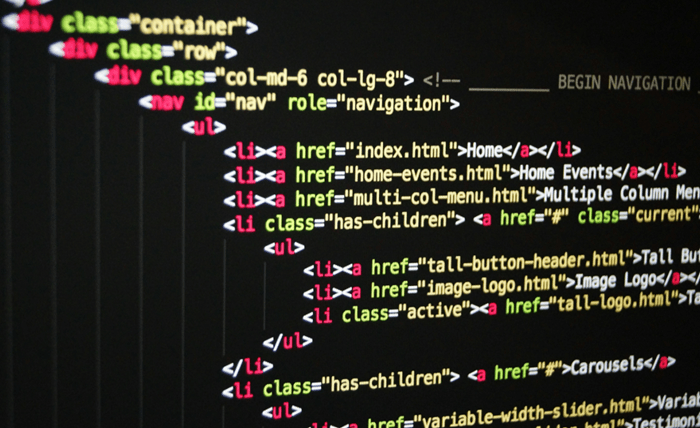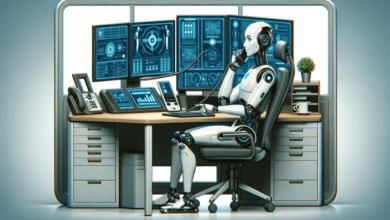
Advances in AI dramatically change how communications are made today, from translations in real-time to seamless transcriptions, simply bridging lingual divides into one where information is more accessible. This article looks at ways in which tools powered by artificial intelligence are pushing a revolution into communication through things like transcription and improvements in general accessibility and cultural inclusion.
The rise of AI-driven transcription and translation
AI-driven tools have greatly eased the process of audio-to-text transcription, enabling people and organizations to convert spoken content into written format with high accuracy and speed. This is particularly important in media, education, and business since transcriptions may be seen as of utmost importance either for creating accessible content or for complying with the law, while others ensure efficiency.
For example, AI algorithms transcribe audio to text with great accuracy, which even includes multilingual audio files. Recent studies have shown that the most developed systems, which can effectively reach accuracy rates up to 85–90% for clear audio, are still in development with respect to handling accents, dialects, and ambient noise. Moreover, these tools support several languages that enable users to access content in their preferred language, thus making them indispensable in today’s world.
Other important practical uses of AI Transcription are found in the field of law, for instance, when it is necessary to write out word-for-word courtroom proceedings or interviews with clients. Many educational establishments use this utility to help hearing-impaired students by real-time converting lectures into text. Its business applications continue to ensure that meetings, and interviews, amongst other verbal correspondences, will be documented rather seamlessly and thus take a lot less time while minimizing human error.
But AI does more than just transcription. Translation technologies, such as neural machine translation software, use deep learning to achieve phenomenal accuracy in converting text from one language to another. Major companies around the world use the tools enabled by NMT to localize their content with speed and efficiency, reaching diverse markets without sacrificing linguistic or cultural nuance.
Enhancing accessibility with automated tools
AI-powered communication tools help improve accessibility. Transcriptions and translations provided automatically allow people with disabilities to access information, socialize and participate in educational and professional activities more easily. For example, thanks to AI, video content is now provided with closed captioning to accommodate individuals with hearing impairments.
These benefits extend into the public space as well, whereby in governments and non-governmental organizations, such technologies are increasingly integrated to ensure that access by often-marginalized communities to public information continues to improve: In 2022, the World Health Organization reported about how AI-based captioning or transcription services could be used so that, in the conditions of the COVID-19 pandemic, an increase in awareness among diverse parts of the population could be offered.
Artificially intelligent subtitles make foreign films and TV shows more accessible to the general public in the media and entertainment business. For example, Netflix uses complex algorithms to generate quality subtitles for the vast library that it has stockpiled; it supports more than 30 languages. This goes a long way in not only increasing viewer accessibility but also fostering cross-cultural exchange.
However, this increasing dependency on AI tools also brings a lot of challenges. Critics argue that systems working well with standardized language cannot catch regional dialects, idiomatic expressions, or culturally specific references. This is being worked upon by training models on more diverse datasets so that their linguistic and cultural variations become inclusive.
Bridging cultural gaps through technology
One of the deepest influences in AI communication is that it bridges cultural gaps. These tools break down the language barriers and help people and communities from different walks of life understand and be able to work together.
Examples include real-time communication in international events with the incorporation of AI-powered translation apps. One such highly memorable event was the 2021 Tokyo Olympics, where updated translation devices were deployed to help athletes, coaches and officials sail through the linguistic diversity with ease.
Beyond events, AI translation is being used to expand the reach of businesses. E-commerce platforms leverage these tools to create localized shopping experiences, translating product descriptions and customer reviews into multiple languages.
This has been instrumental in opening up new markets, particularly in Asia and South America, where linguistic diversity presents particular challenges. AI is further revolutionizing culture by providing a platform where endangered languages are preserved. Various AI models are trained on the documentation and translation of languages that will soon disappear to preserve the rich cultural heritage of humanity. According to a 2023 report, UNESCO spotlighted efforts across the Pacific, with communities using AI to record oral histories and traditional knowledge in local languages.
Despite these developments, there is still reason to be concerned with ethics. Given the chances of misrepresentation due to poorly translated information, human judgment certainly has a great role in culturally sensitive AI communication. Furthermore, it is critical because the use of sensitive or personal data in training these models of AI raises serious concerns for privacy and data security and thereby requires regulation with oversight.
AI has irreversibly changed how we communicate in languages, breaking cultural barriers and facilitating access to information. Changes are evident in transcription services that turn audio into text, increasing the chances of different cultures understanding each other and bridging cultural gaps in communication. It is a profoundly deep and very wide influence of AI in communication. While ethical challenges and technological setbacks remain, there is still yet much promise for AI in making the world much more connected and more inclusive.




